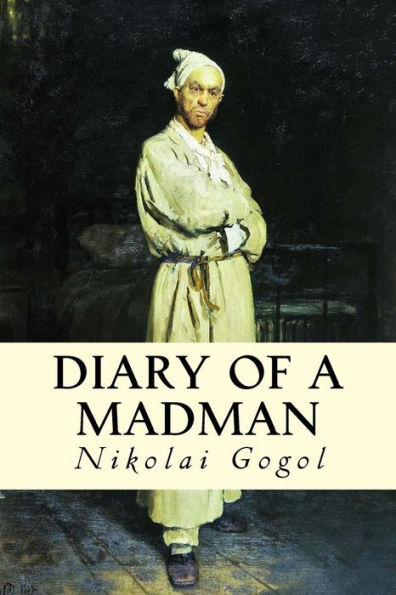5
1

Diary of a Madman
34
Diary of a Madman
34Paperback
$7.25
7.25
In Stock

Product Details
| ISBN-13: | 9781539706892 |
|---|---|
| Publisher: | CreateSpace Publishing |
| Publication date: | 10/24/2016 |
| Pages: | 34 |
| Sales rank: | 738,221 |
| Product dimensions: | 6.00(w) x 9.00(h) x 0.07(d) |
About the Author
From the B&N Reads Blog
